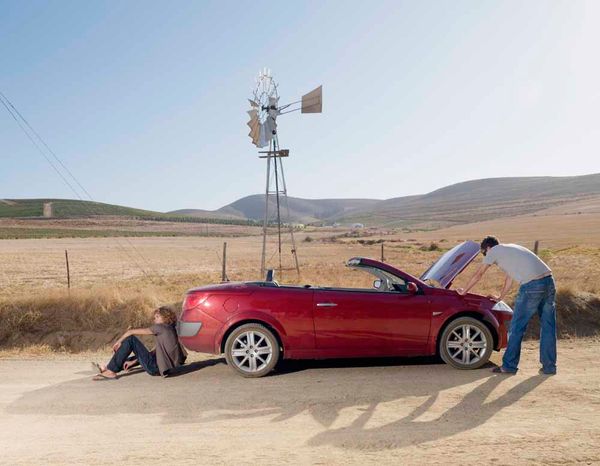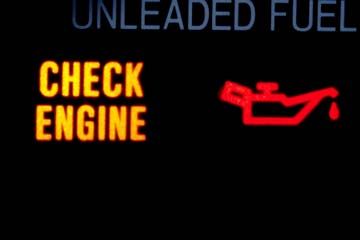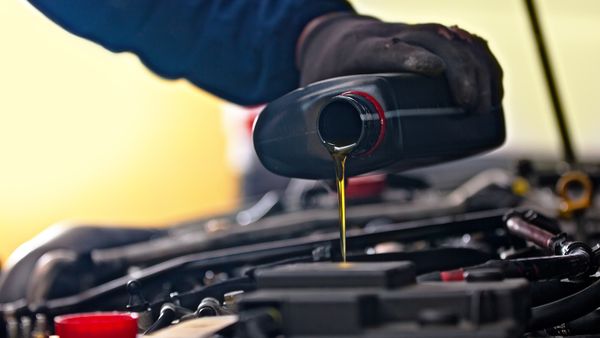
If you drive a late model car, chances are, your gas cap is connected to your car by a little rubber tether. That's so if you happen to forget to replace it after you fill up, an indicator on your dashboard will let you know. (Or if your car doesn't have the indicator light, at least you won't lose your gas cap.)
But what if your car doesn't have any of this technology and you drive down the road with the gas cap off without ever realizing your error? Losing your gas cap is a minor annoyance, sure. You paid for that gas and you want it to stay where it belongs — in the gas tank. Sealing off the fuel tank with the gas cap helps your fuel system maintain proper pressure, which in turn helps your car operate smoothly. These are the primary purposes it serves.
Advertisement
So can driving without one cause damage to your car? Probably not, but it can cause some minor issues:
- You might lose a little gas, more likely due to evaporation than to actual spillage, because the filler neck helps prevents sloshing. Any kind of gas loss harms the environment and costs you extra money. Not ideal, but not an immediate catastrophe.
- You might see a drop in your fuel economy numbers, which again, pollutes and is expensive.
- It's possible that debris or moisture could get into the gas tank, which isn't ideal but probably won't be catastrophic, either, since it should be caught by the fuel filter.
- Performance may be an issue. Some cars are programmed to operate in a "limp mode" when the check engine light is on, which allows you to continue driving at limited speed until you can stop safely to assess and correct the problem.
- If you live in a state with emissions inspections, your car won't pass the inspection until you replace the gas cap. But there's absolutely no reason you should drive without a gas cap long enough for this to become an issue.
The bottom line is the consequences of driving without a gas cap are insignificant and the solution is simple. Gas caps are easy and inexpensive to replace. You can purchase a replacement at a local auto parts store or online retailer, and you can determine which cap you need in your car's owner's manual. The parts department for your car dealership can help, too.
Advertisement


